
Space Technology
Seeing Data in New and Powerful Ways
Since the dawn of the Space Age, APL has been deeply involved in data analysis and visualization. Our scientists have the analytical capabilities to support the entire life cycle of a mission.
From investigating a team’s proposed flight trajectories, to designing and testing its instruments, to analyzing the returned mission data, APL can support mission development from beginning to end. Applying a wide range of experience in visualization, software development and algorithmic analysis, APL researchers can extract valuable scientific information from the growing amounts of mission data to address key questions about our place in the cosmos, whether from the Sun, Pluto or beyond. And with expertise in software tools and development, our scientists can comprehend and visualize this data in new and powerful ways, including machine learning, cloud computing and virtual and augmented reality. These tools and skills were used to model the heliosphere using particle instruments on NASA’s Parker Solar Probe; to analyze and re-project images of Pluto captured by NASA’s New Horizons; and to develop 3D models with the APL-designed Small Body Mapping Tool, which enables detailed studies of asteroid surfaces and aided in selecting a touch-down spot for NASA’s OSIRIS-REx mission on the asteroid Bennu.
Expertise in Action
Missions
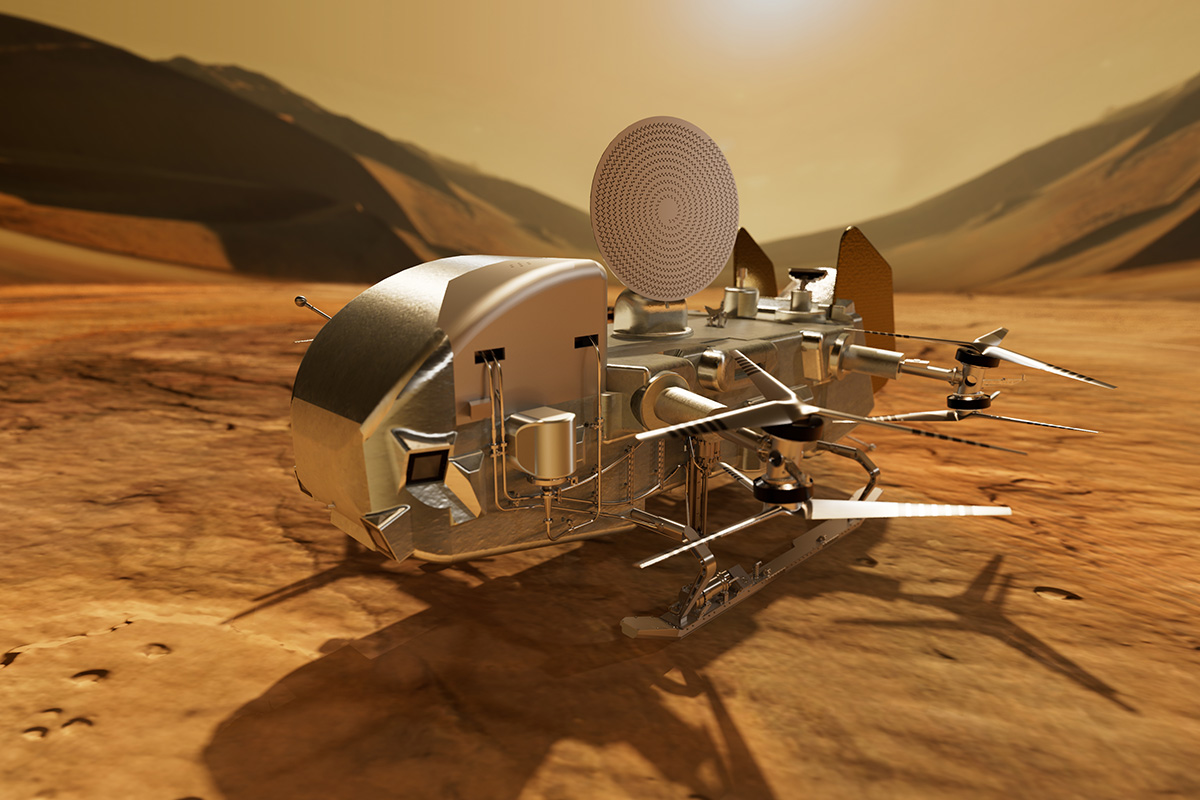
Dragonfly Outer Moons
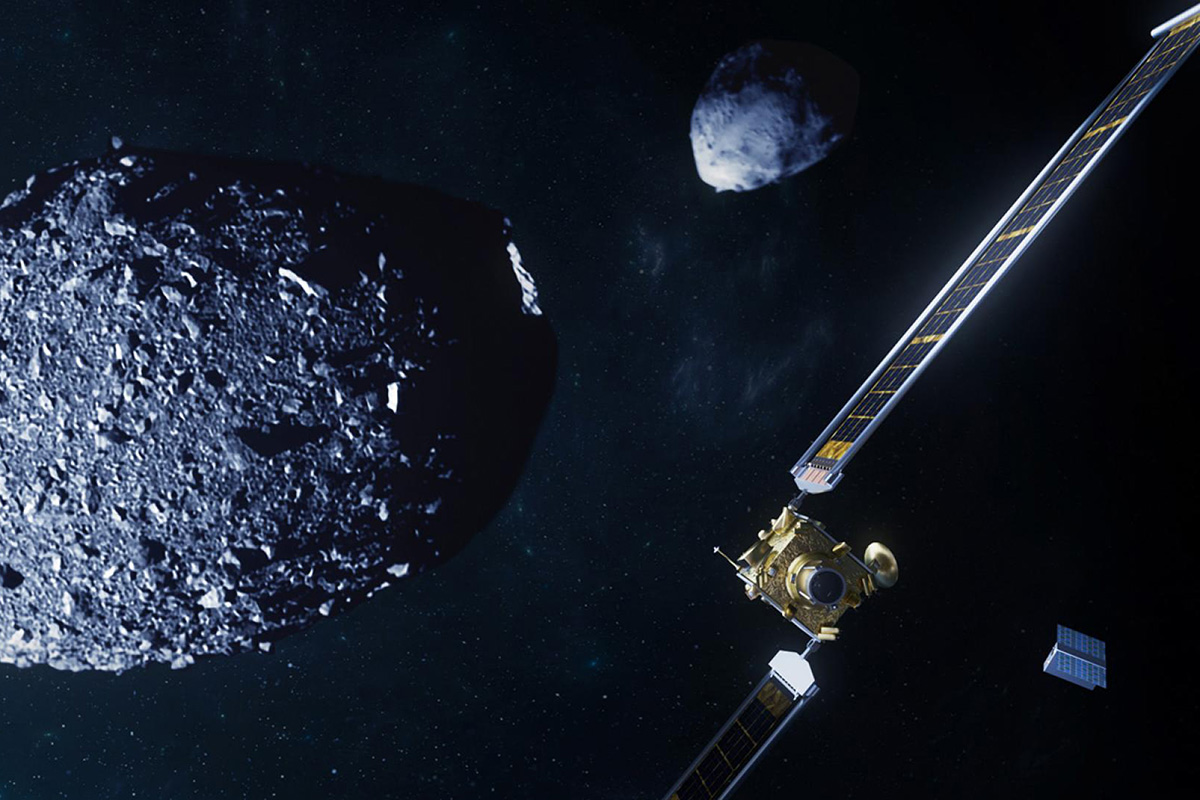
DART Asteroids

Parker Solar Probe Sun and Solar Wind
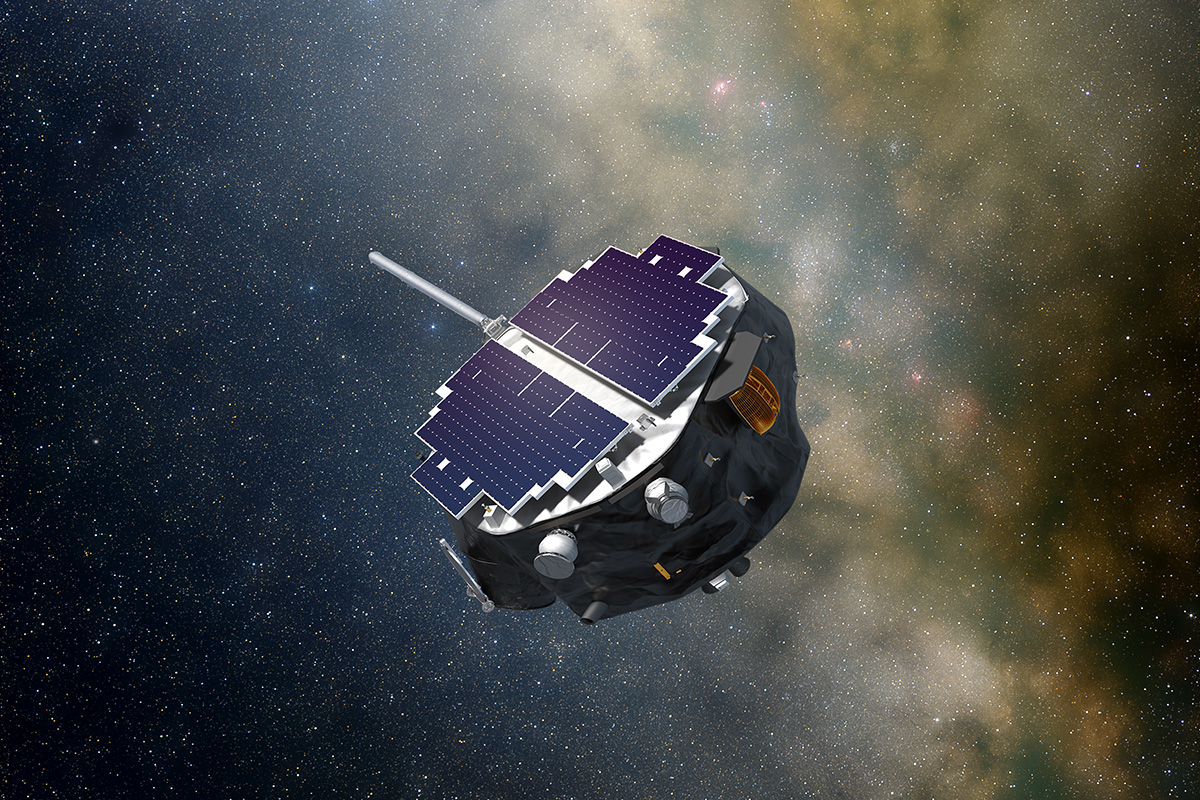
IMAP Interstellar Medium
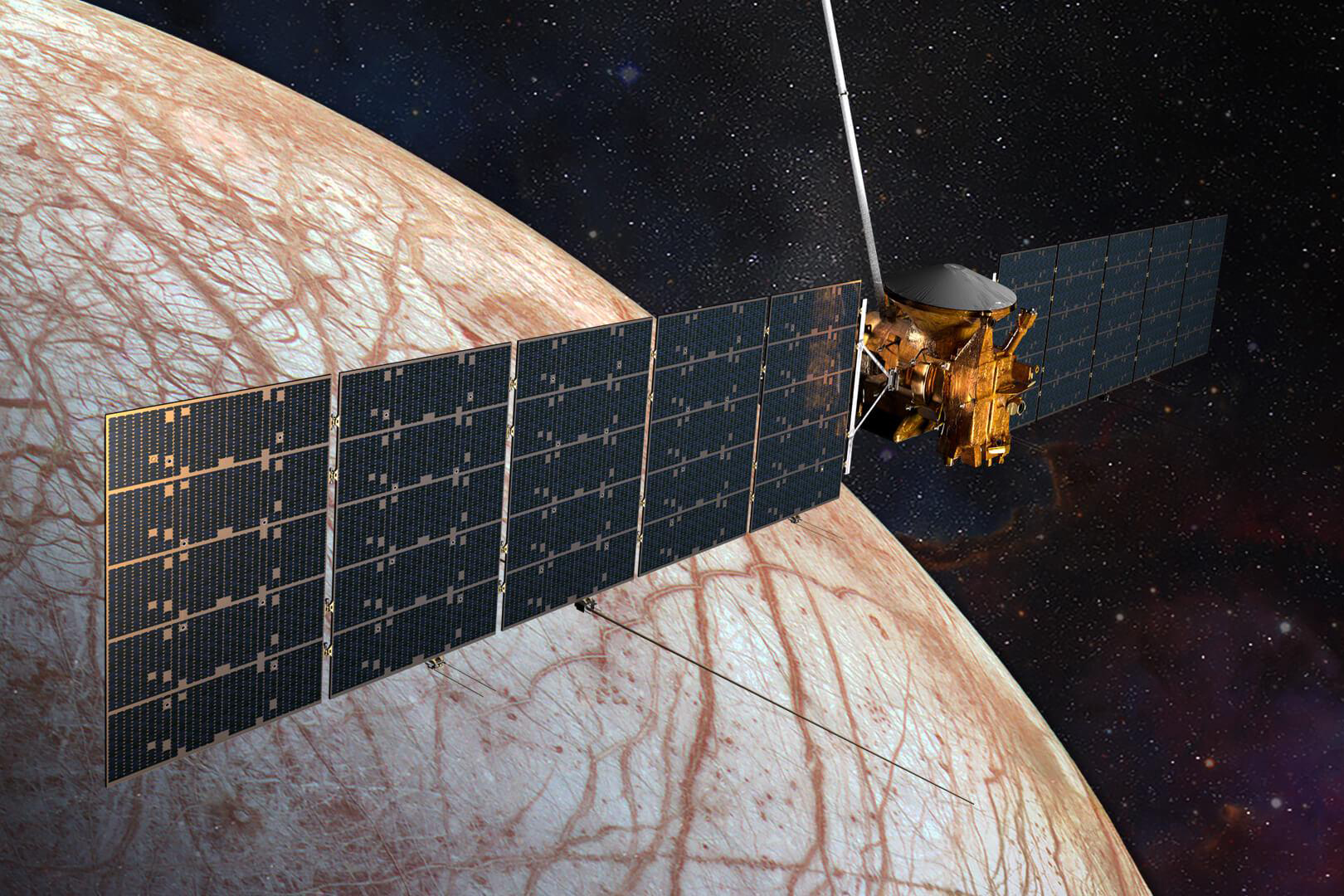
Europa Clipper Outer Moons
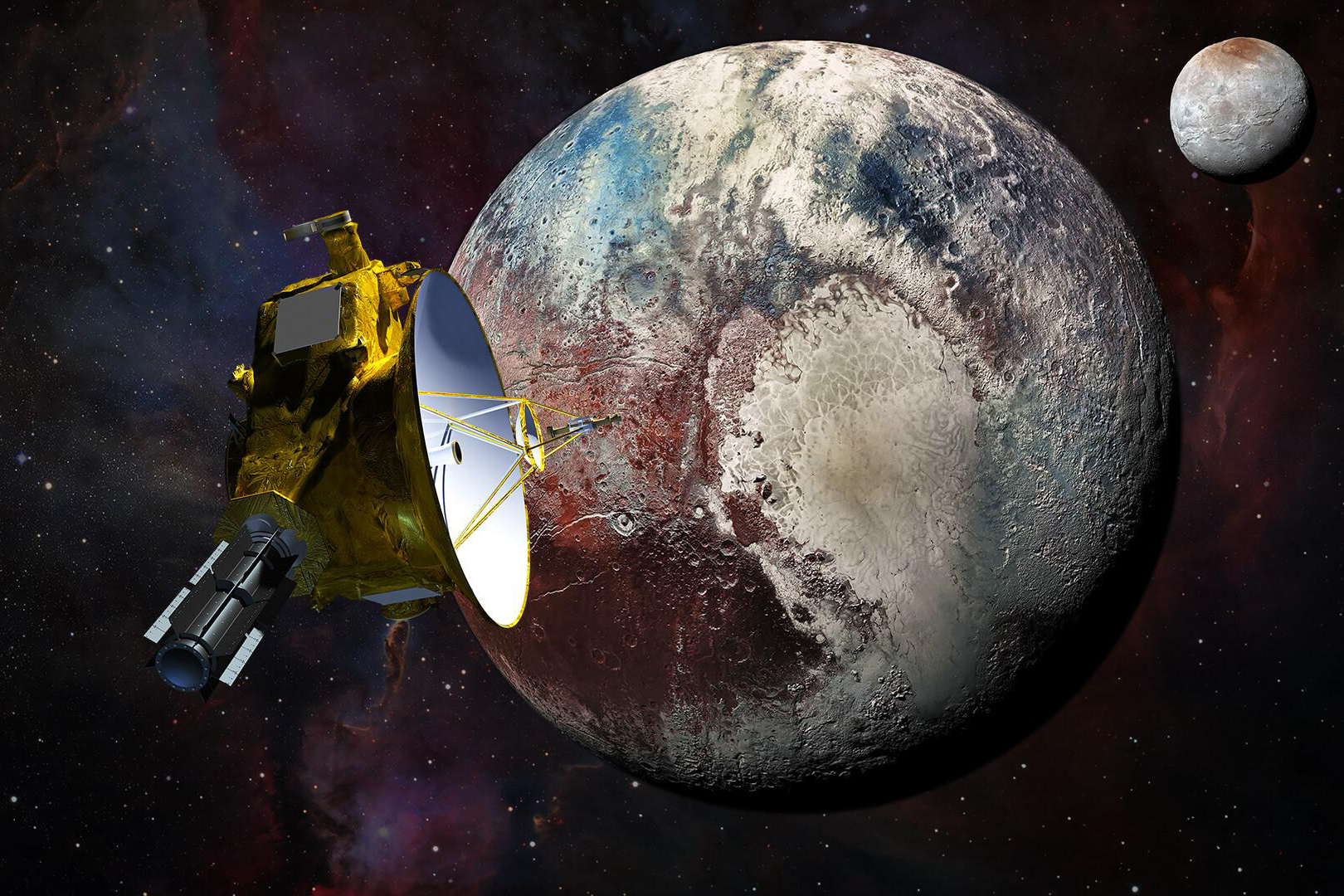
New Horizons Pluto, Kuiper Belt Objects, and Comets
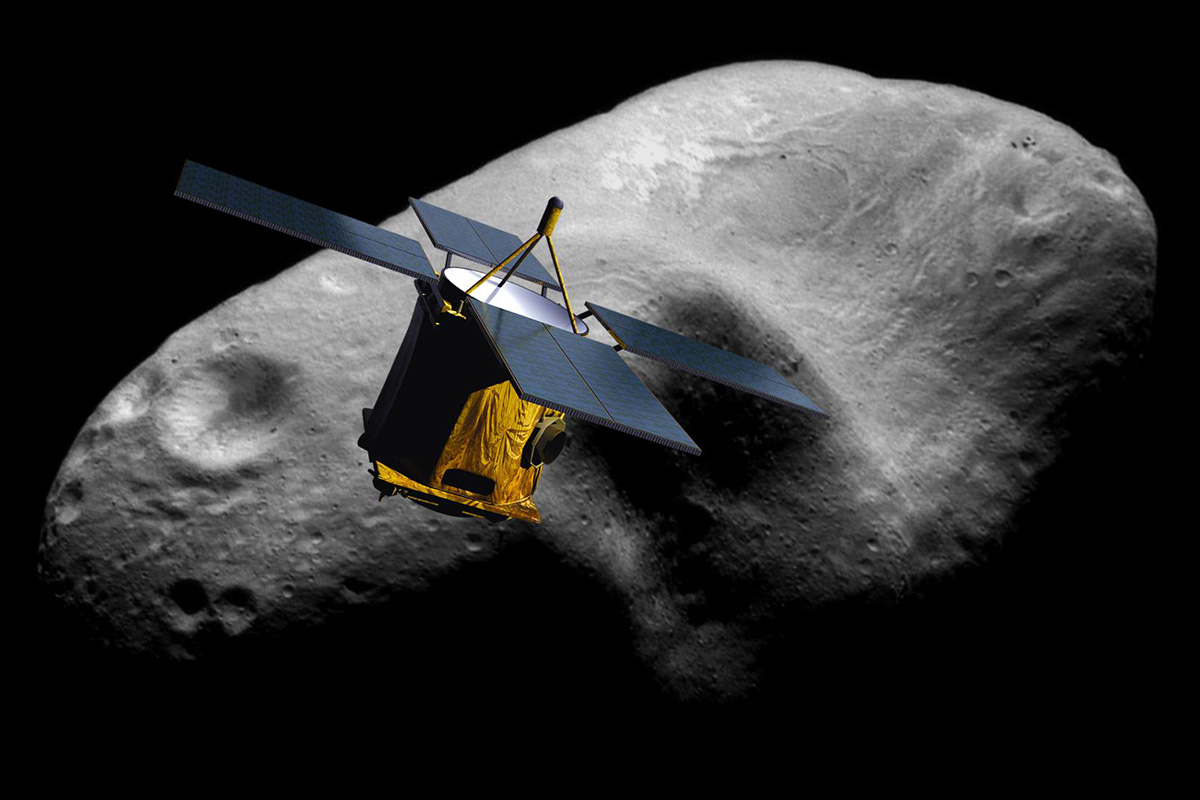
NEAR Asteroids
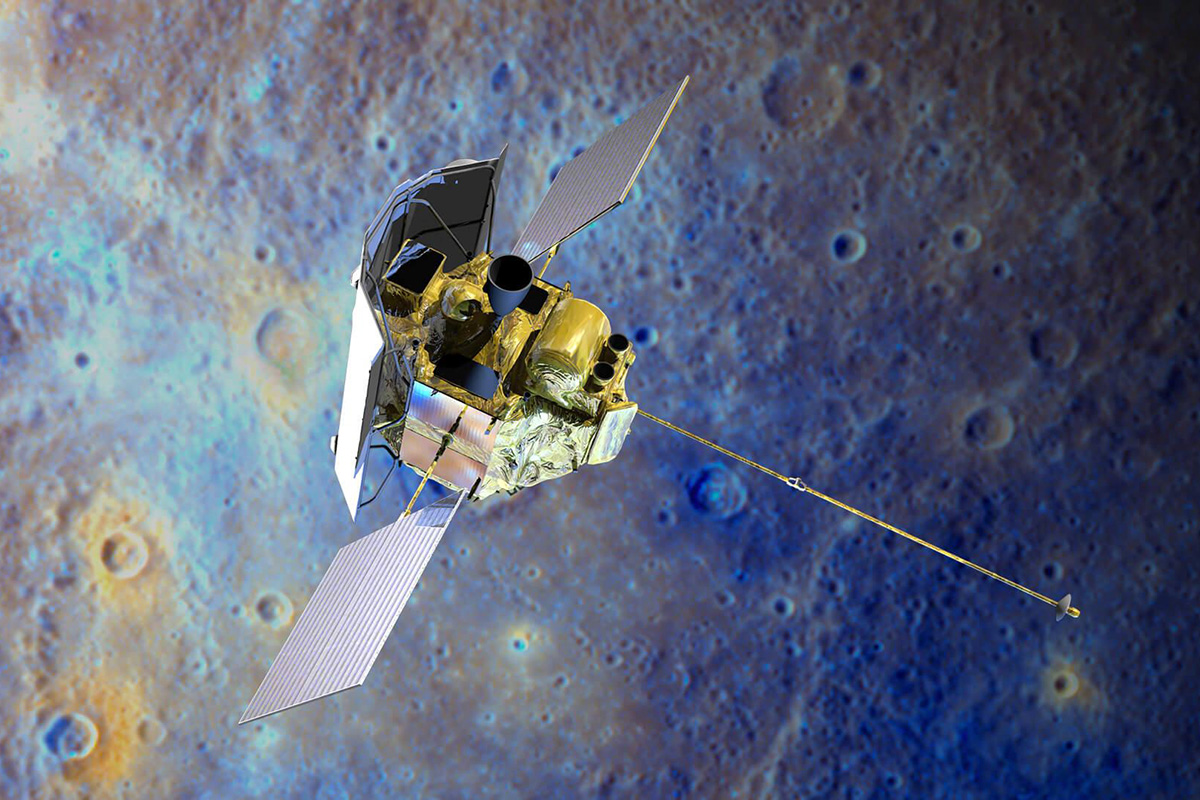
MESSENGER Terrestrial Planets
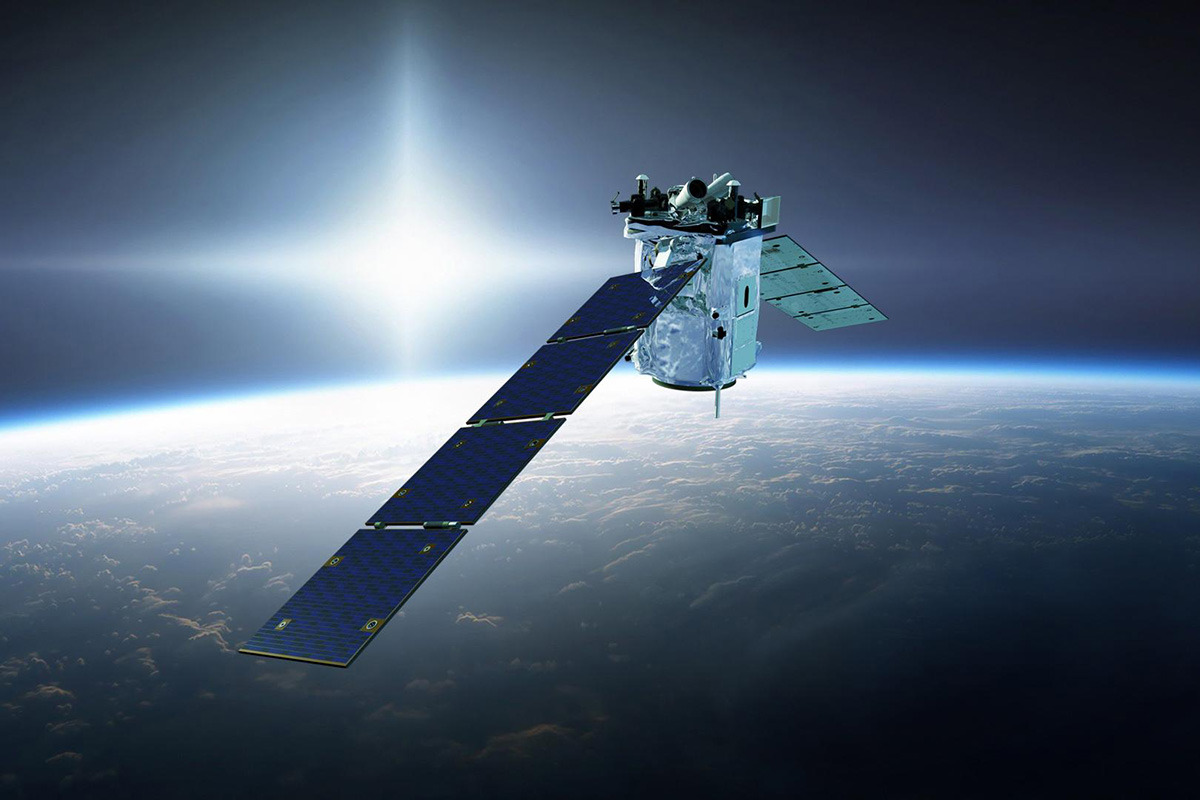
TIMED Earth

Van Allen Probes Earth
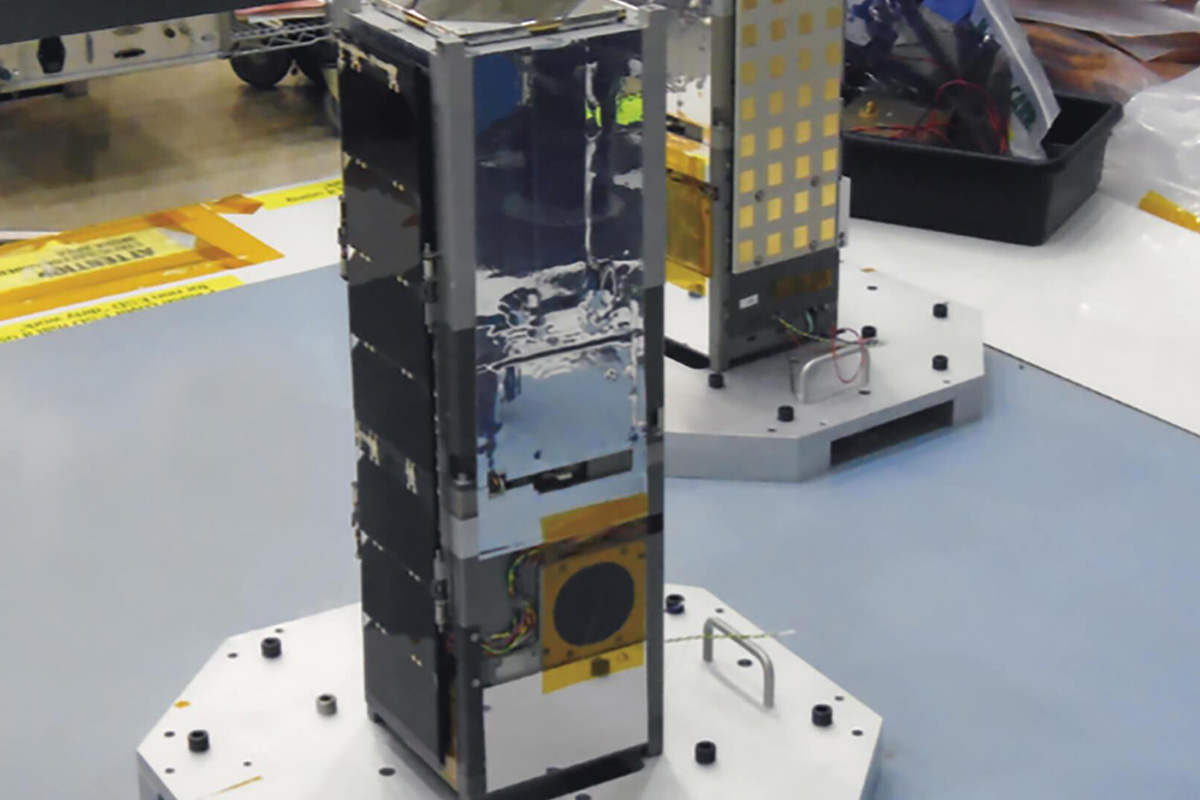
The CAT Experiment Earth
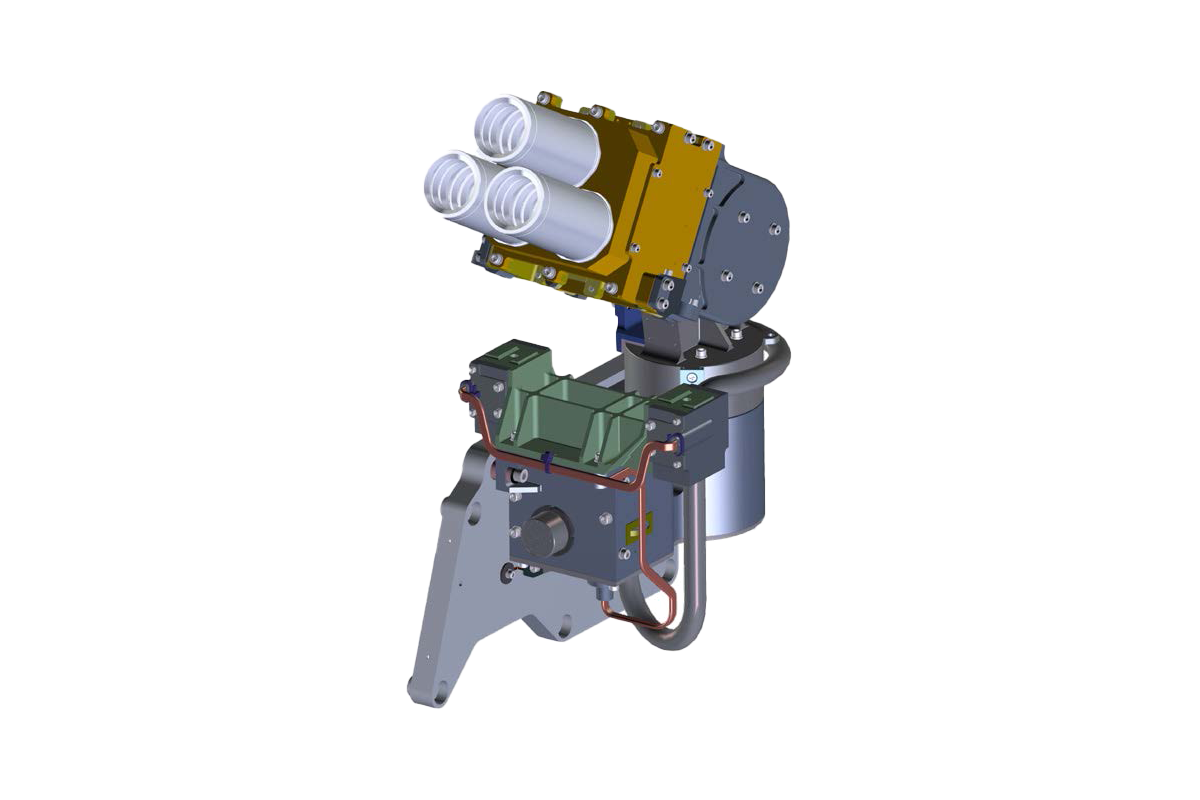
The SKA Experiment Earth
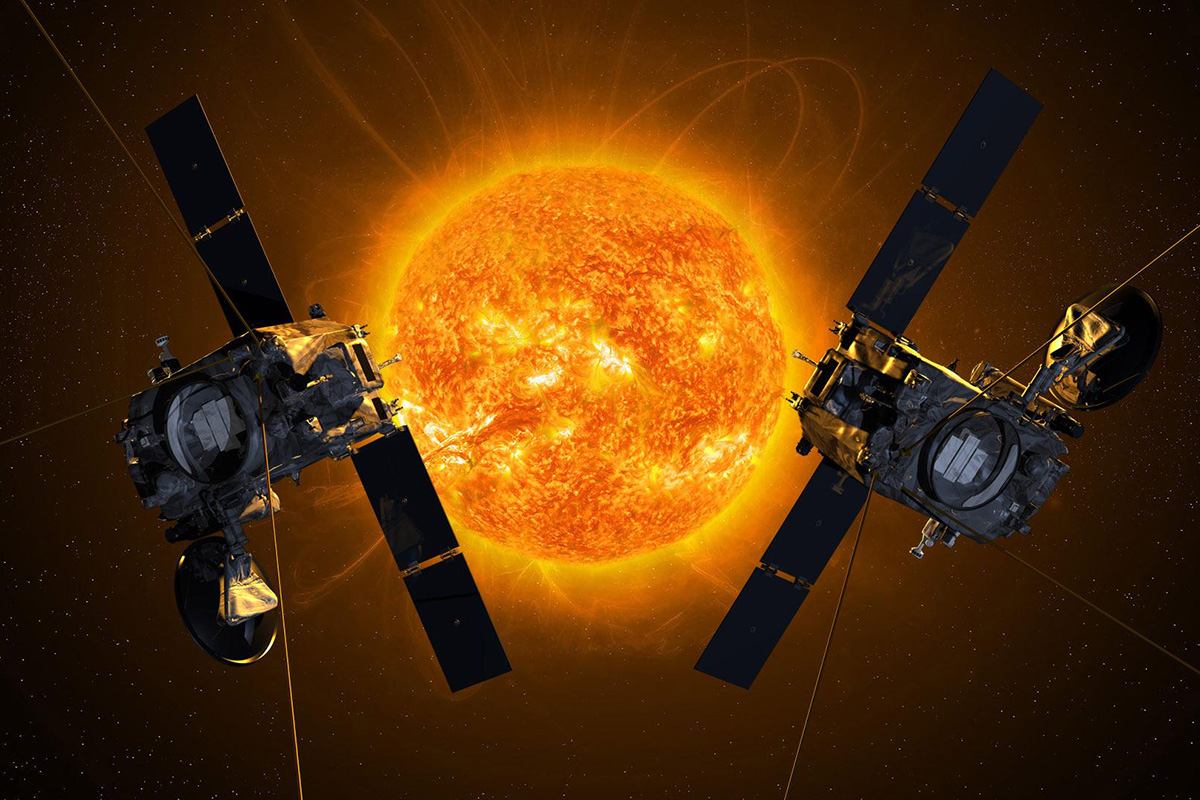
STEREO Sun and Solar Wind
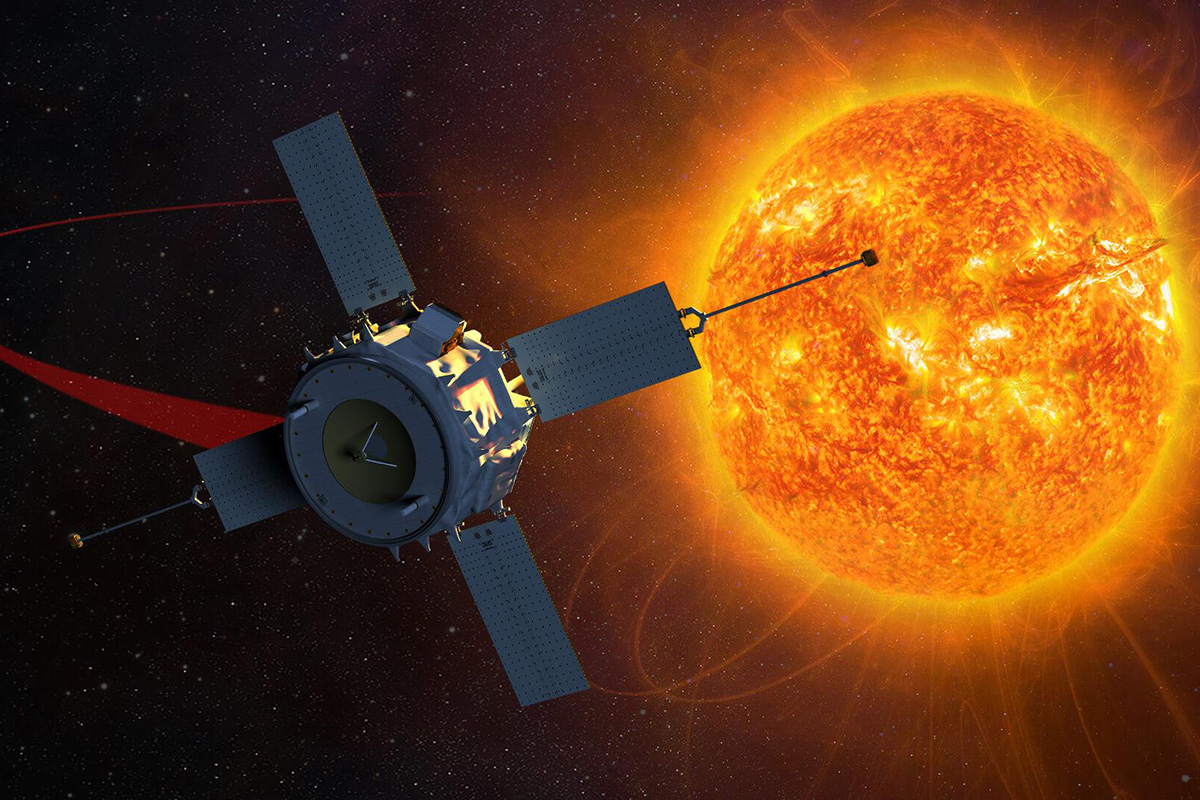
ACE Sun and Solar Wind

Balloon Programs Interstellar Medium

PExT Earth
Earth’s Upper Atmosphere
Understanding the Ionosphere – Thermosphere – Mesosphere
At the gateway between Earth’s atmosphere and space are three critical regions: Earth’s mesosphere and thermosphere, which consist of neutral atoms and molecules, and the ionosphere, which carries ionized particles from the atmosphere.
This region, collectively called the ionosphere-thermosphere-mesosphere (ITM), is where the Sun’s energy first enters our atmosphere, and where the brilliant colors of the aurora shine. Through spacecraft observations and state-of-the-art computer models, APL scientists are striving to understand this important part of the atmosphere. APL built NASA’s TIMED spacecraft, which for more than 20 years has provided new insights into solar- and human-induced disturbances in the ITM. TIMED in part detailed how energy from the Sun is transformed in the upper atmosphere, altering the region’s composition, pressure, temperature and winds. New insights into space weather and its impact on society have come from these investigations, including effects on satellite orbits, ground-induced currents that affect the power grid, and radio wave propagation. And the lessons we learn on Earth can apply to the atmospheres and auroras of other planets.

Instruments
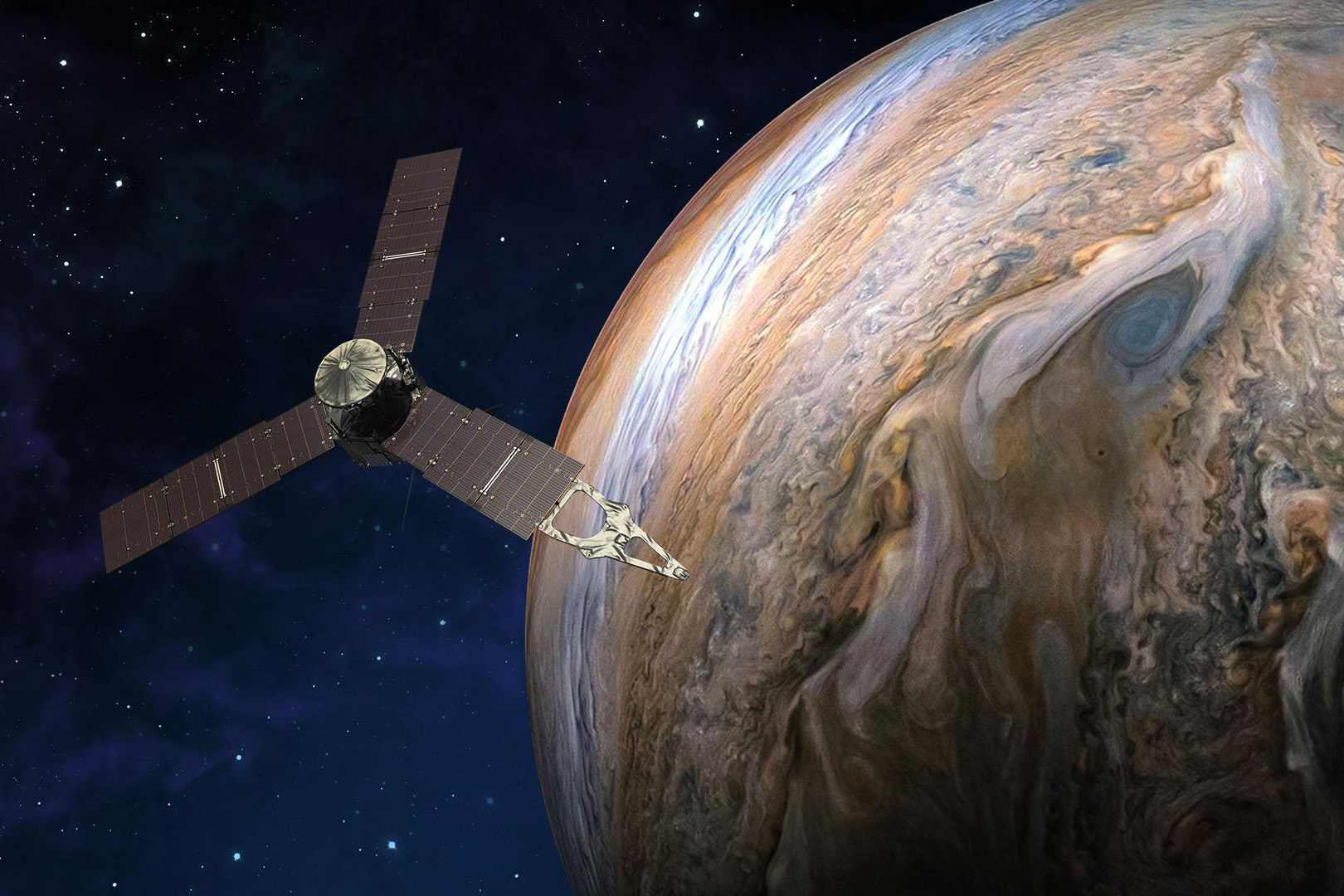
JEDI Giant Planets
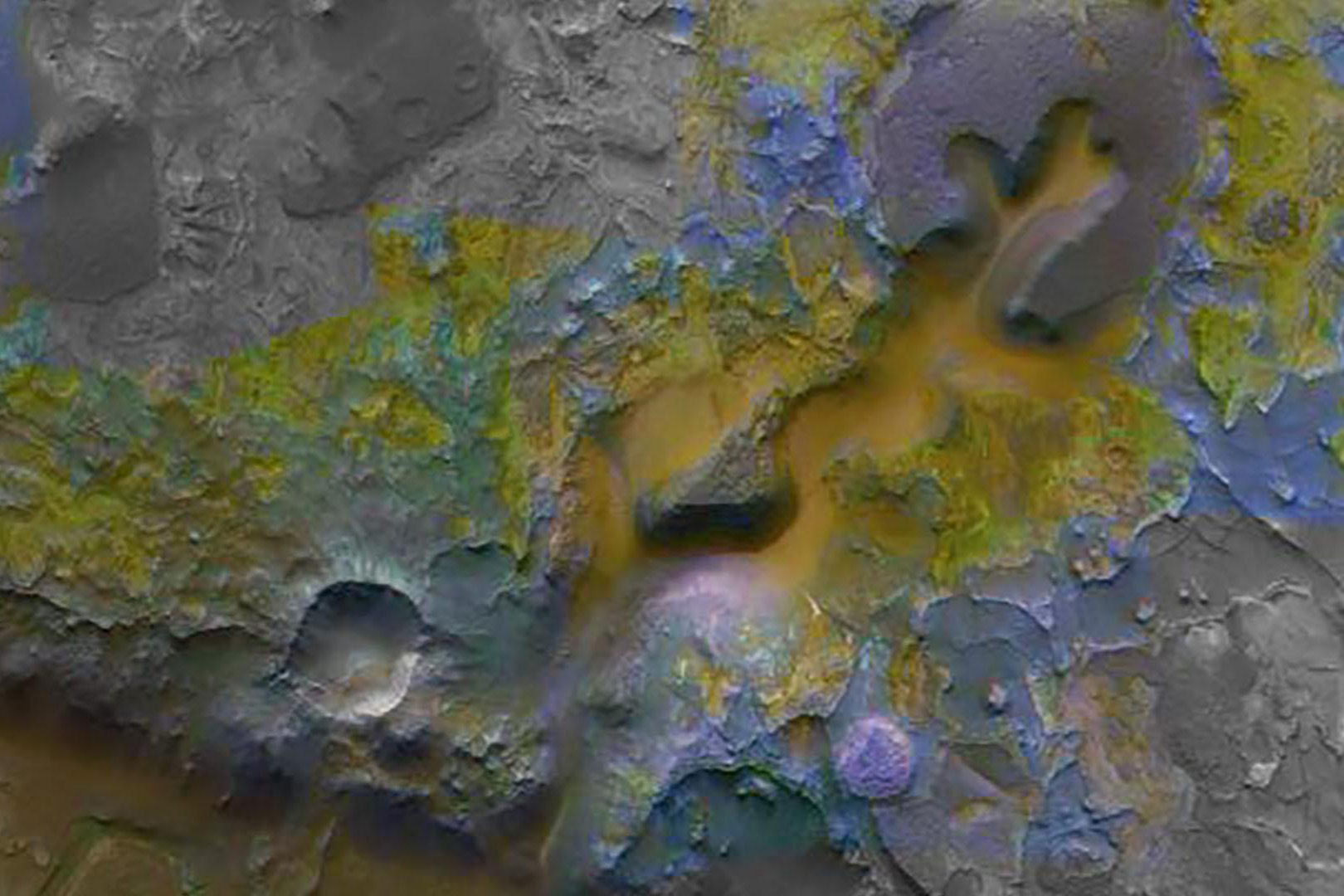
CRISM Terrestrial Planets

DRACO Asteroids

DraGMet Outer Moons

DraGNS Outer Moons
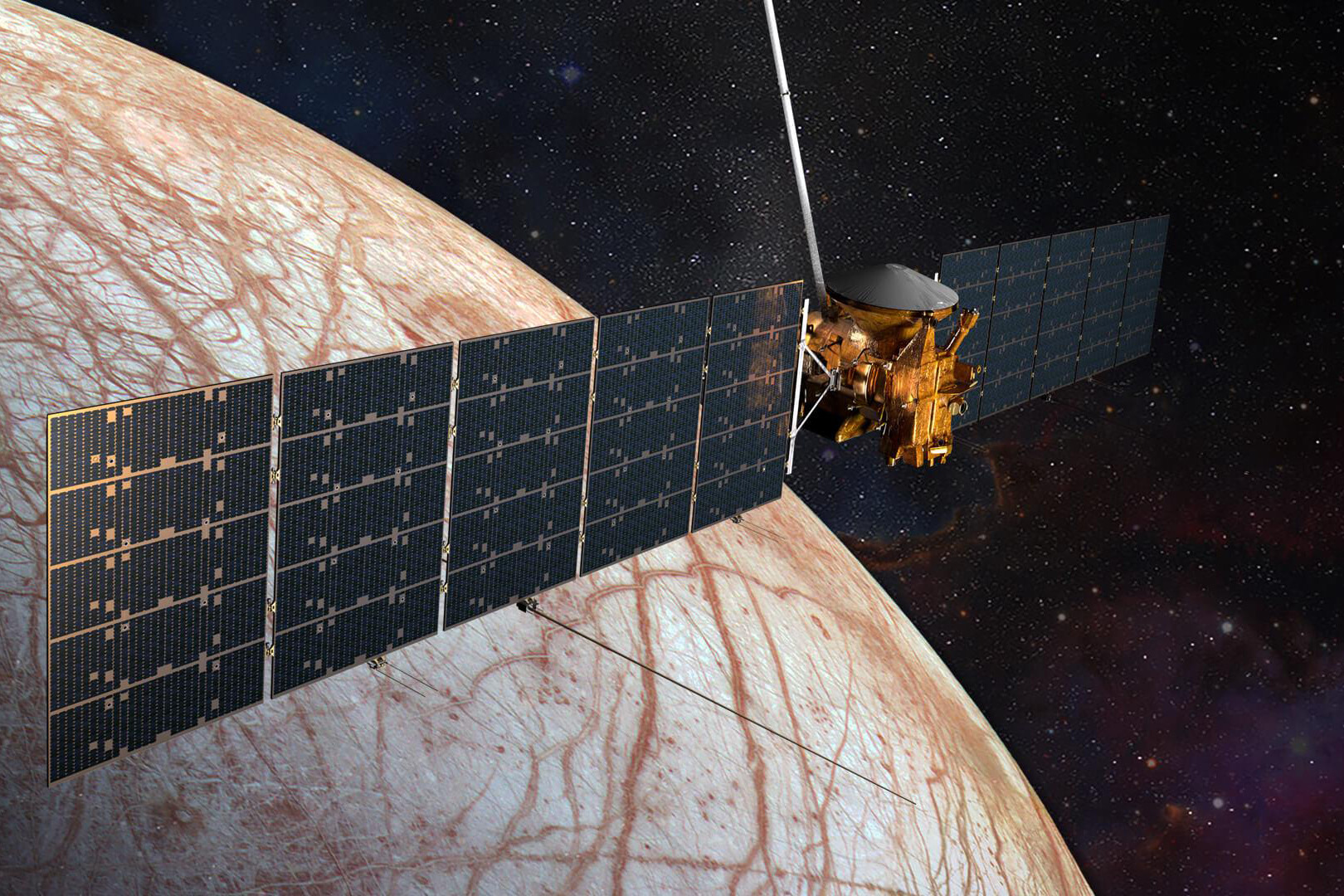
EIS Outer Moons
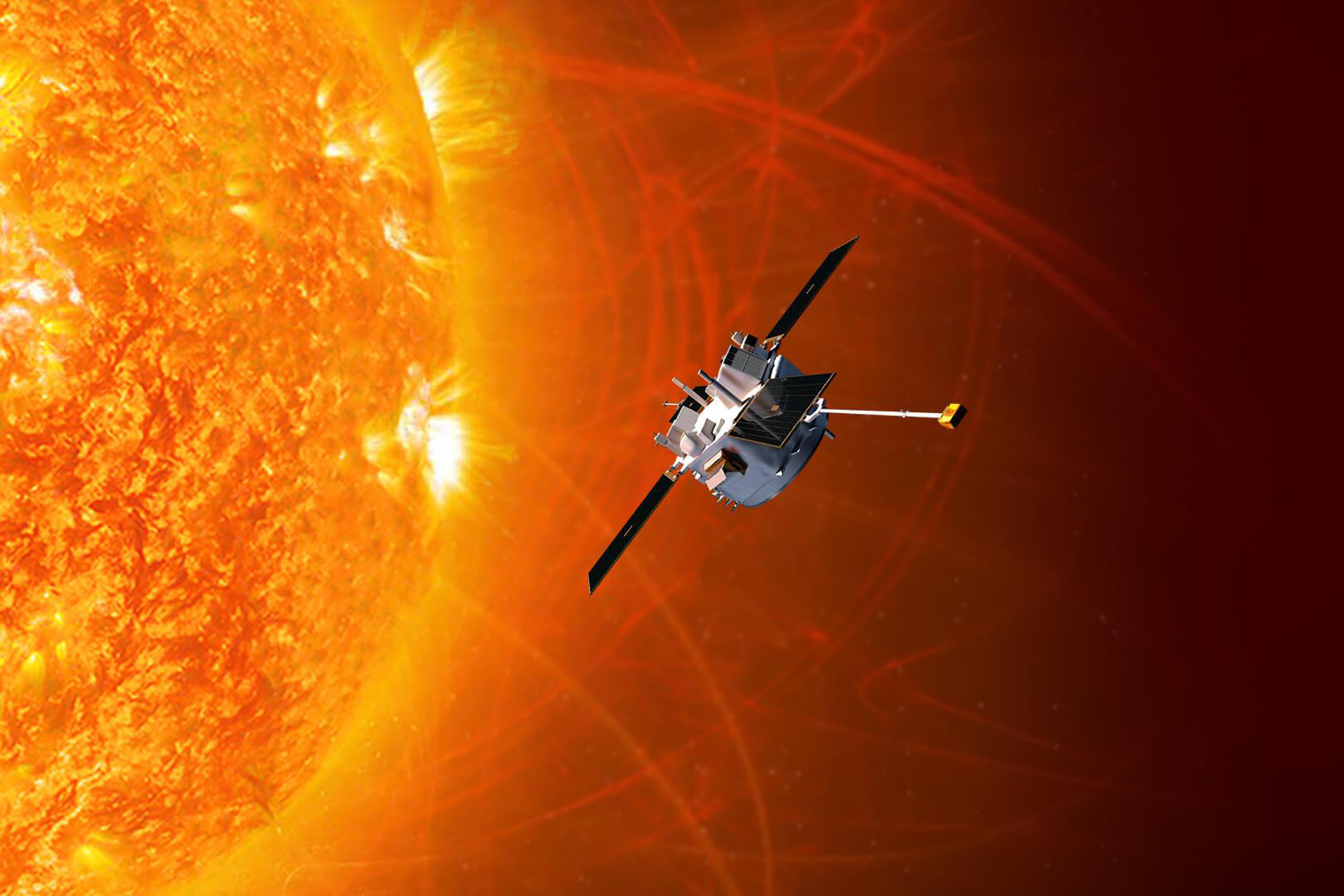
EPAM Sun and Solar Wind
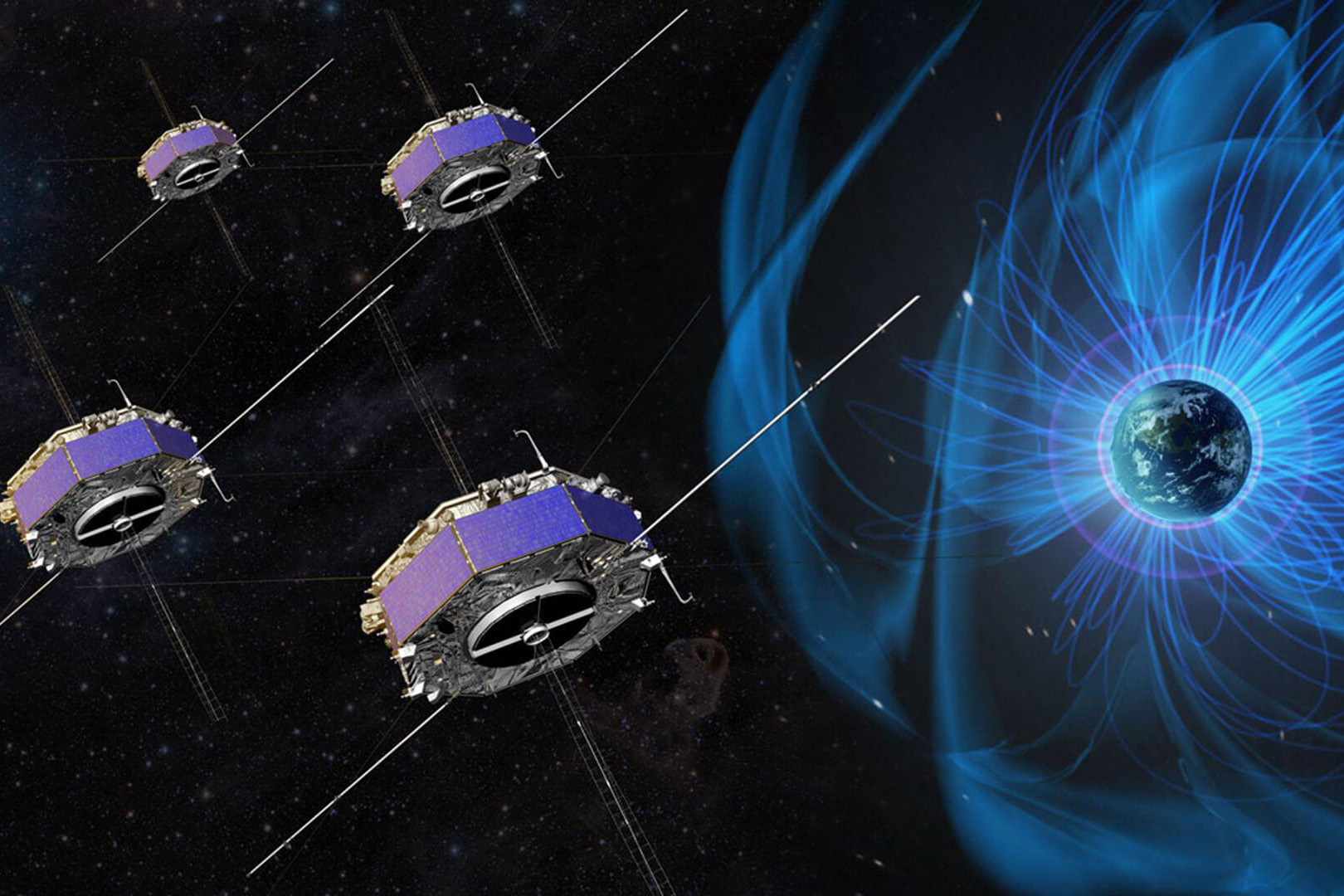
EPD-EIS Earth
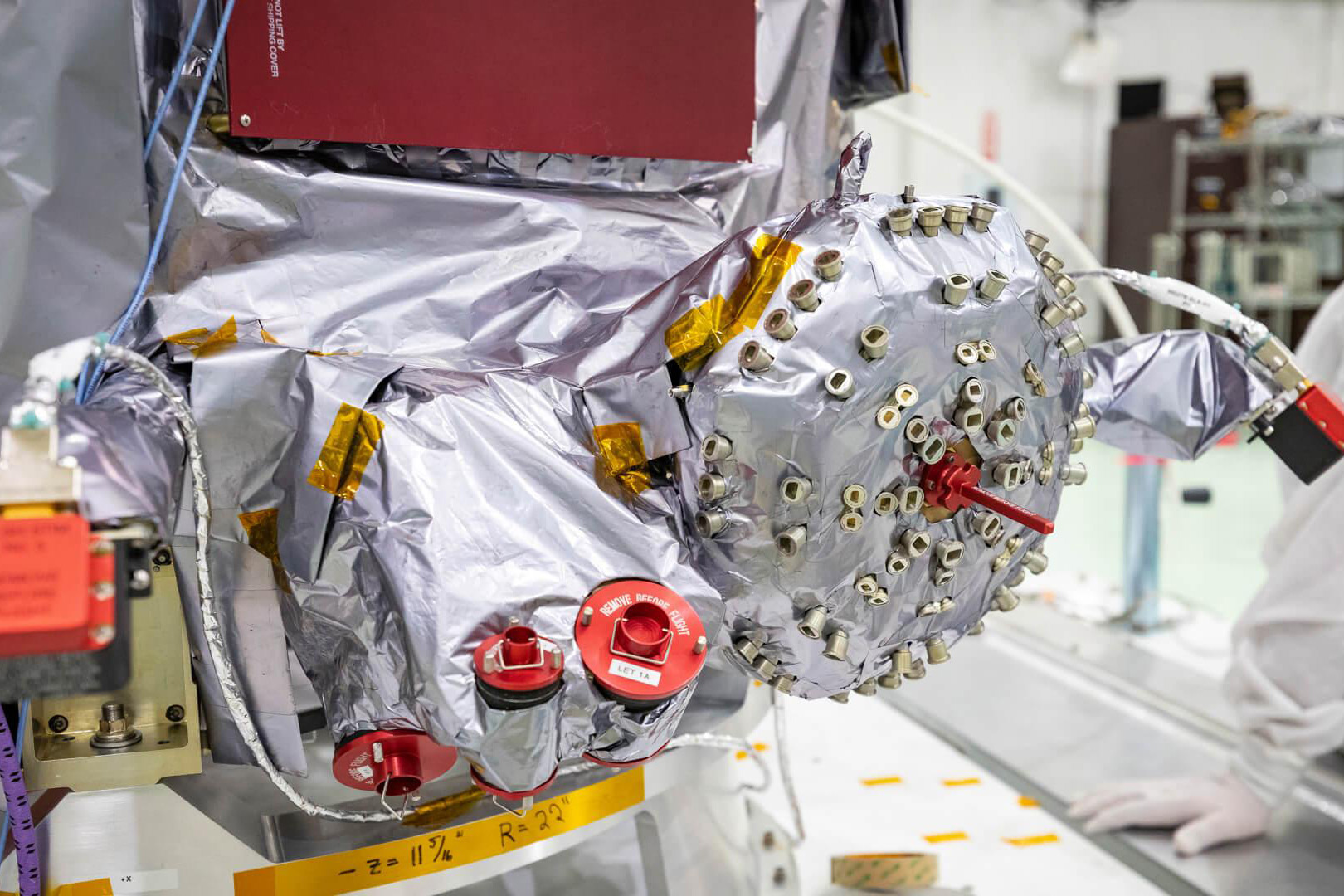
EPI-Lo Sun and Solar Wind

GUVI Earth
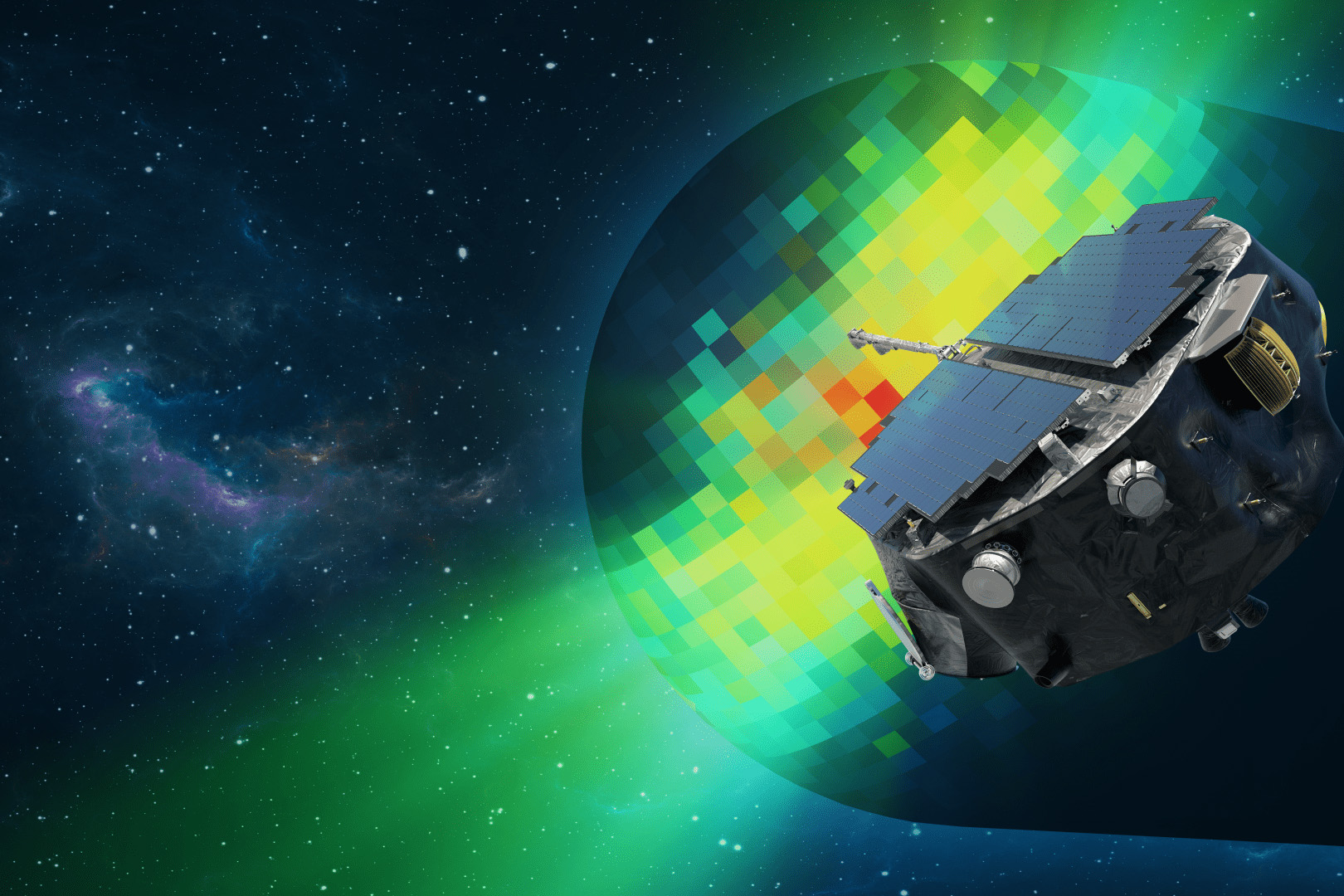
IMAP-Ultra Interstellar Medium

JoEE/JENI Outer Moons
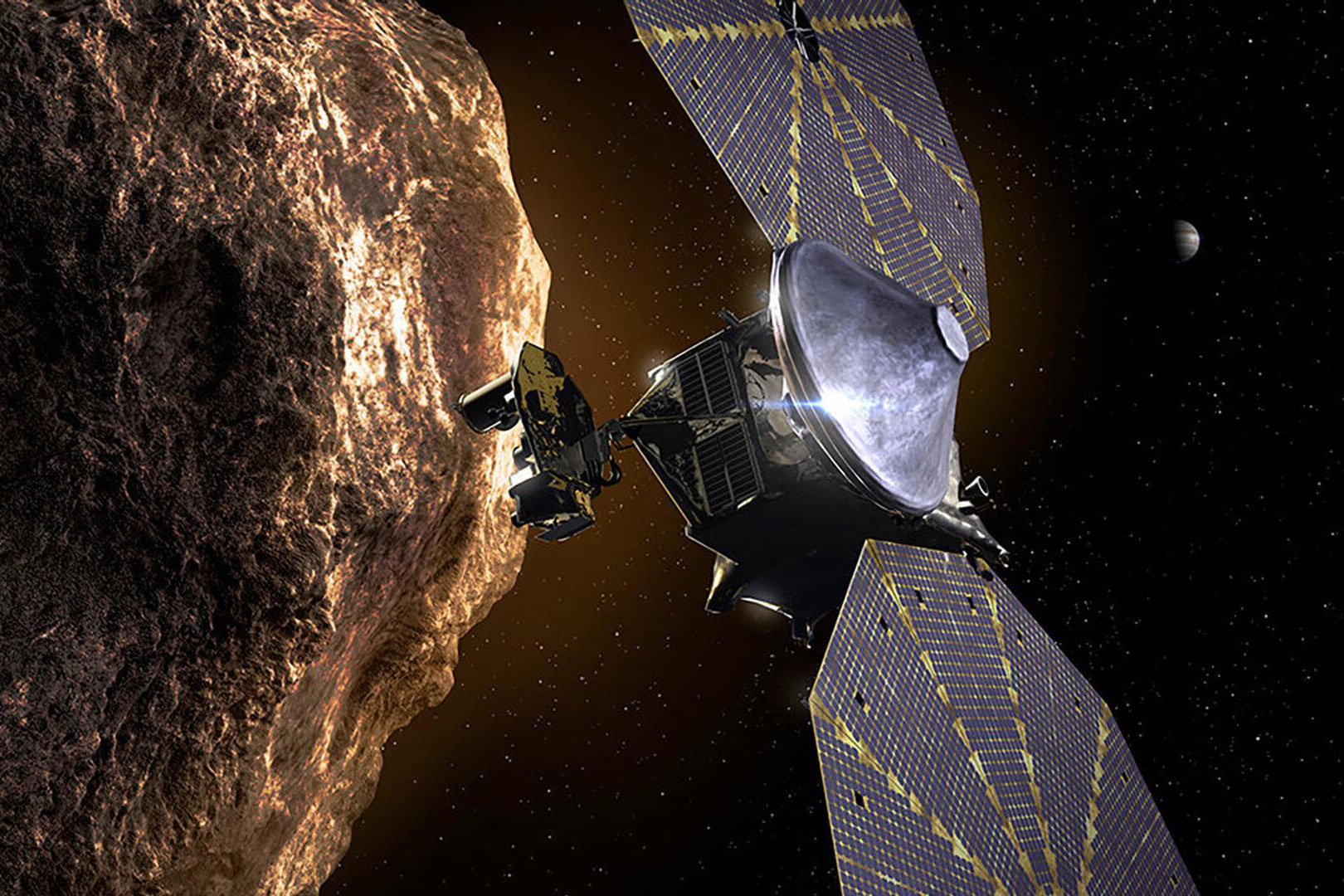
L’LORRI Asteroids
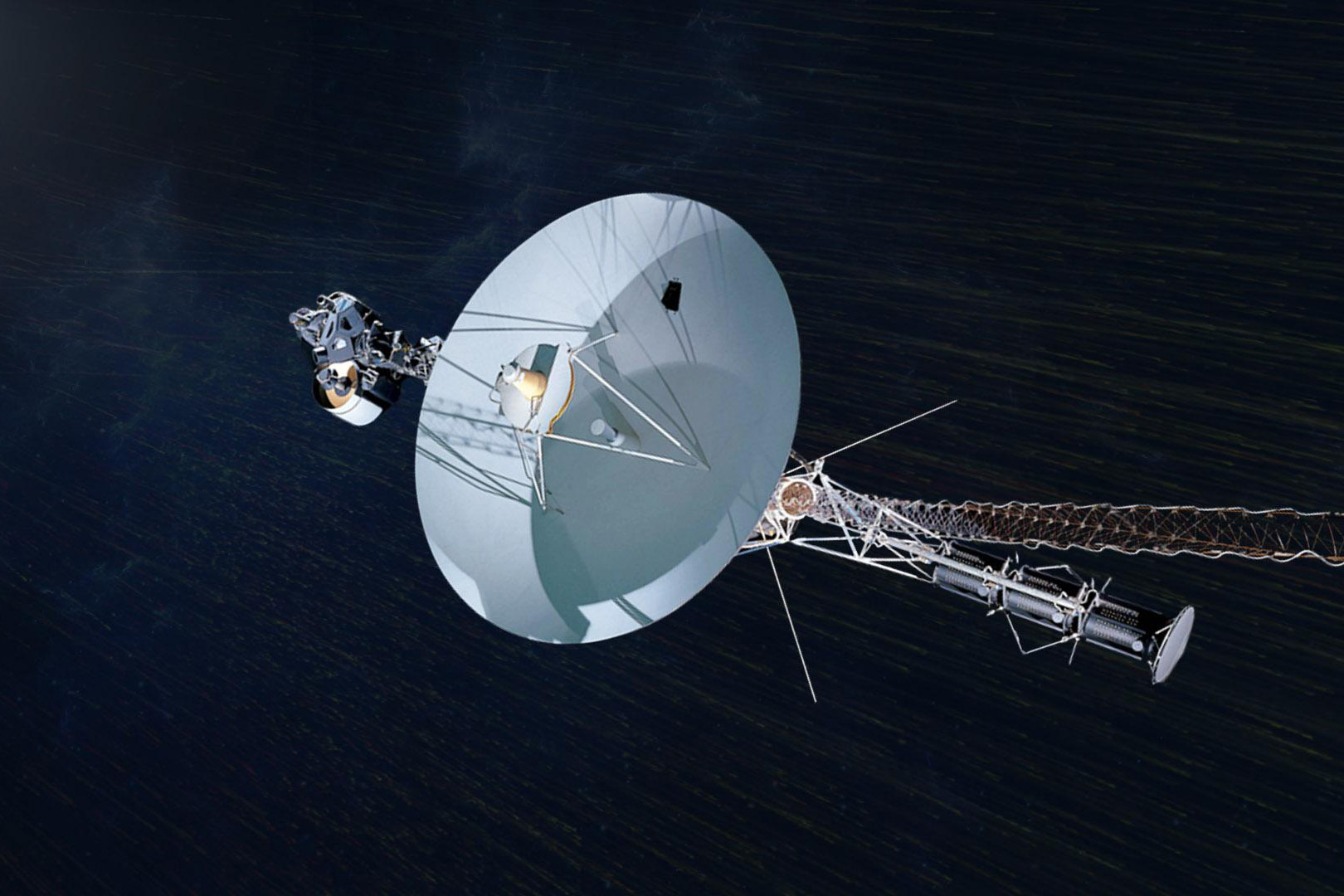
LECP Sun and Solar Wind
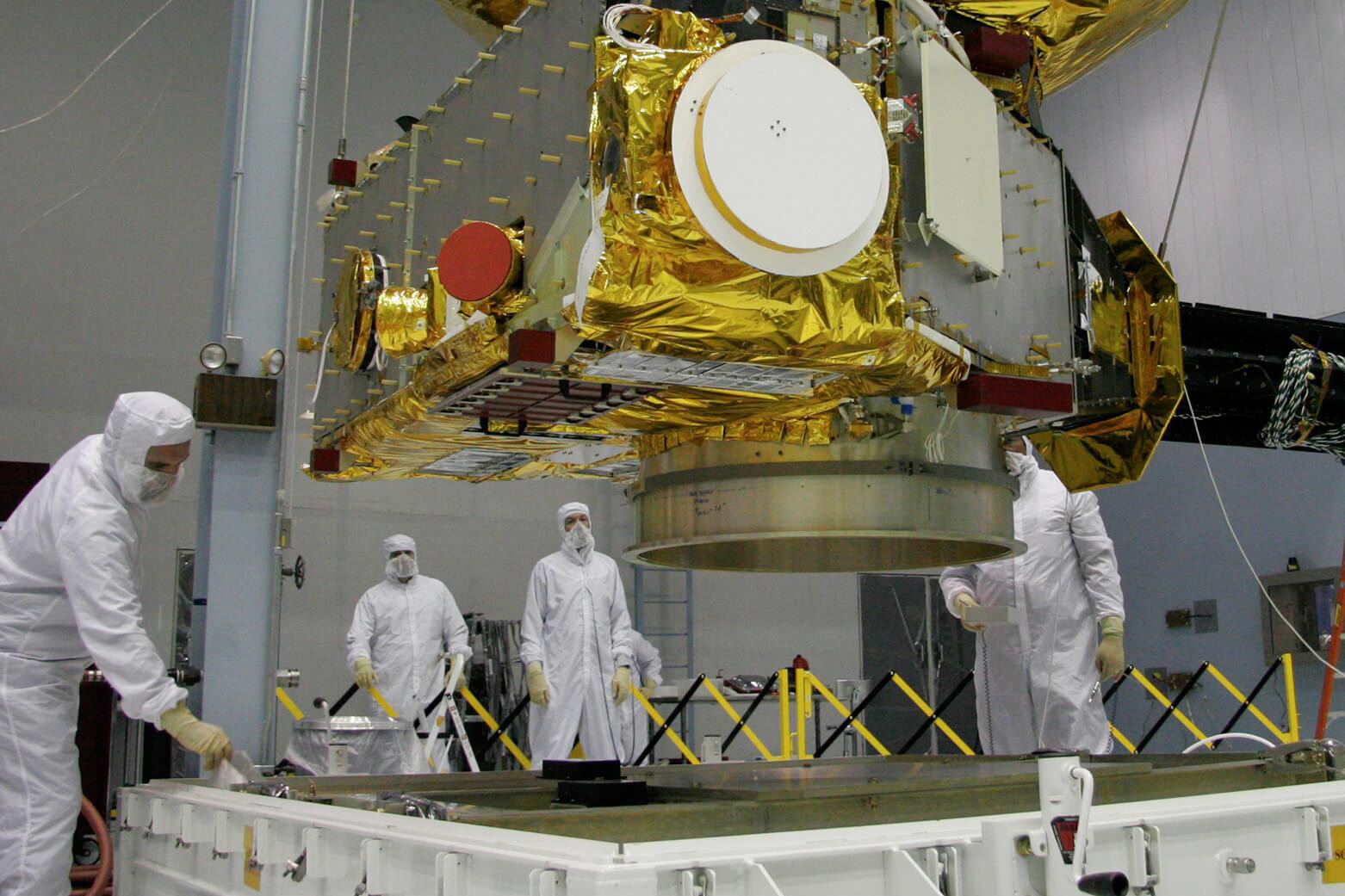
LORRI Pluto, Kuiper Belt Objects, and Comets
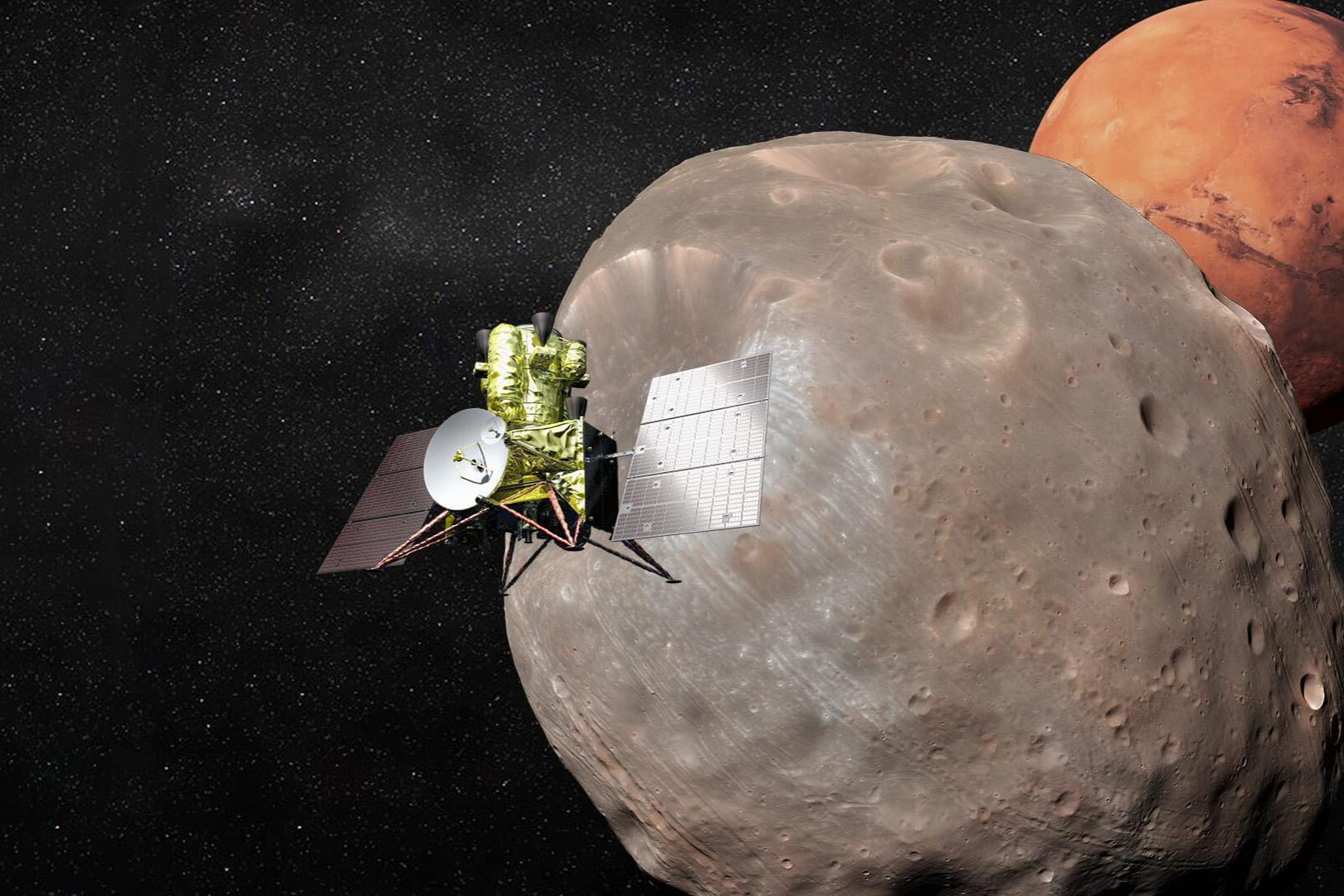
MEGANE Terrestrial Planets

Mini-RF Moon

MISE Outer Moons
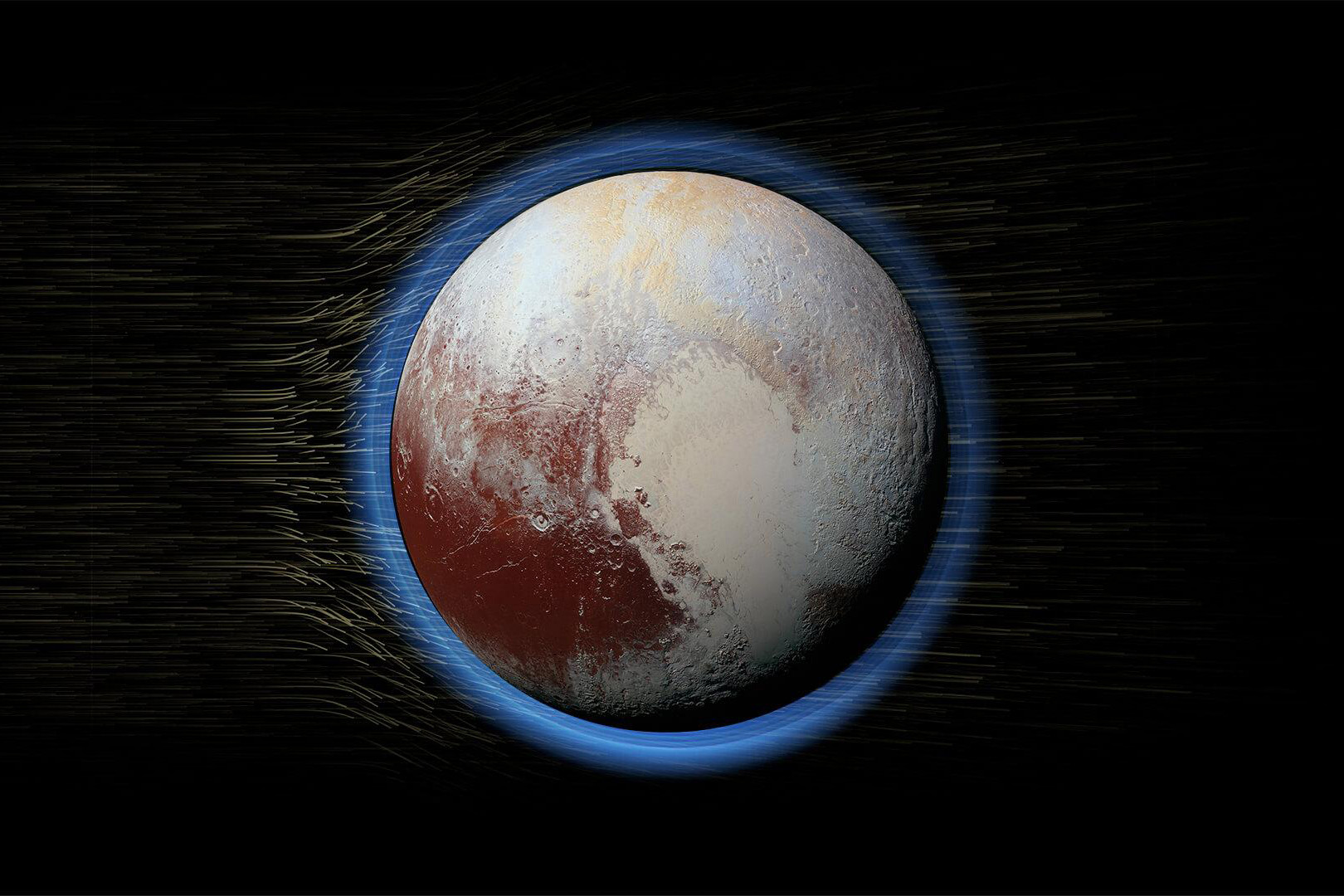
PEPSSI Pluto, Kuiper Belt Objects, and Comets

PIMS Giant Planets

Psyche GRNS Asteroids
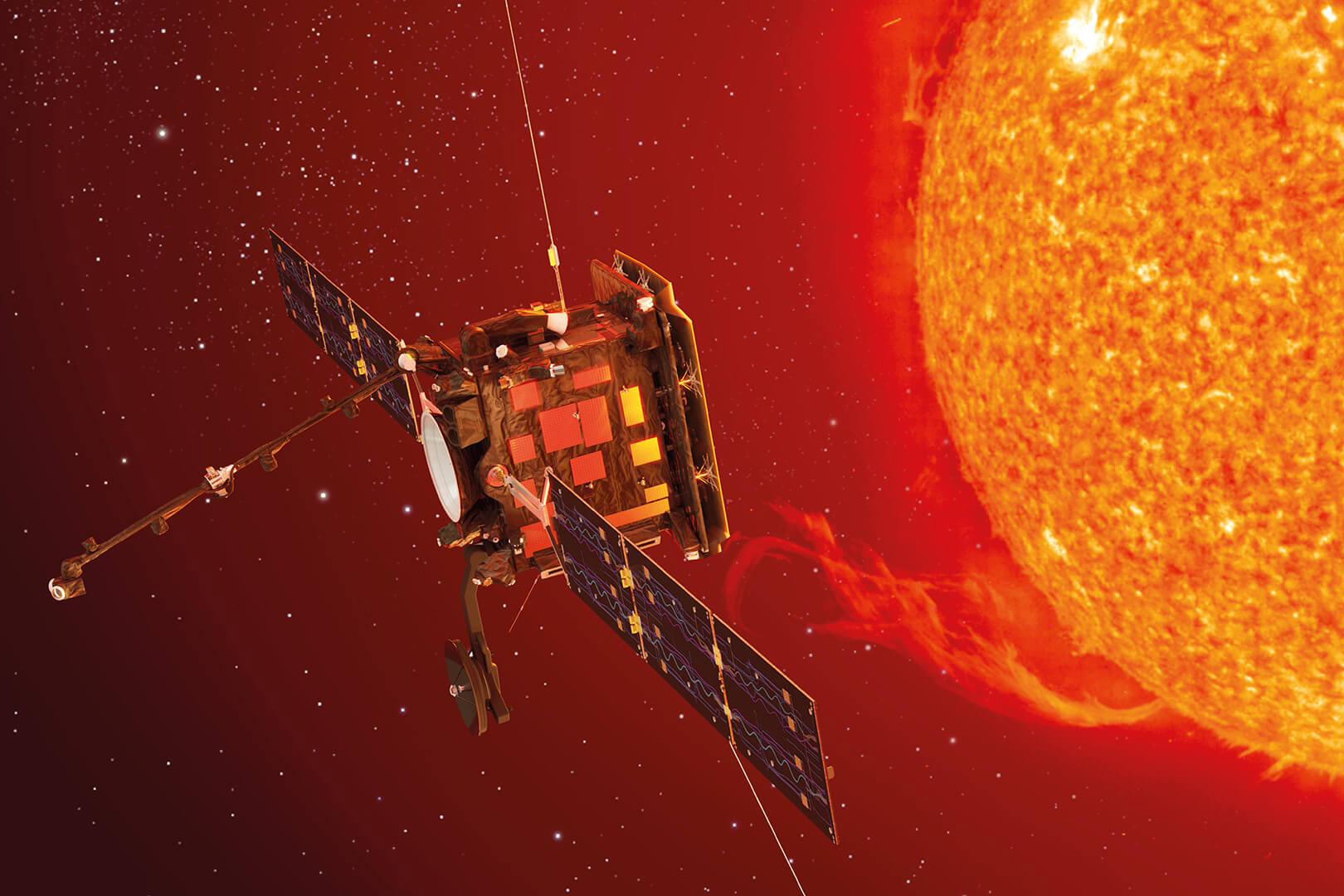
SIS Sun and Solar Wind
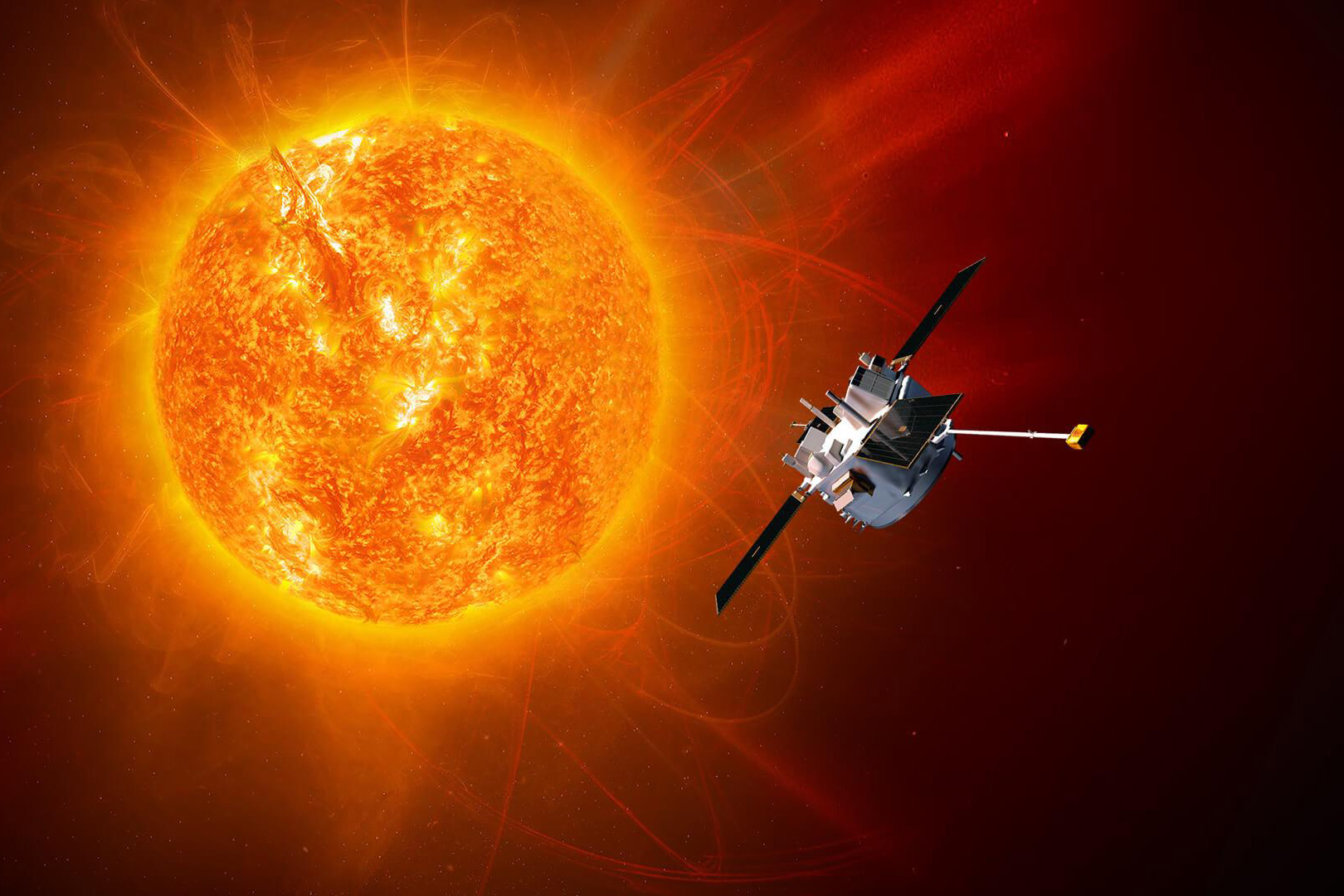
ULEIS Sun and Solar Wind
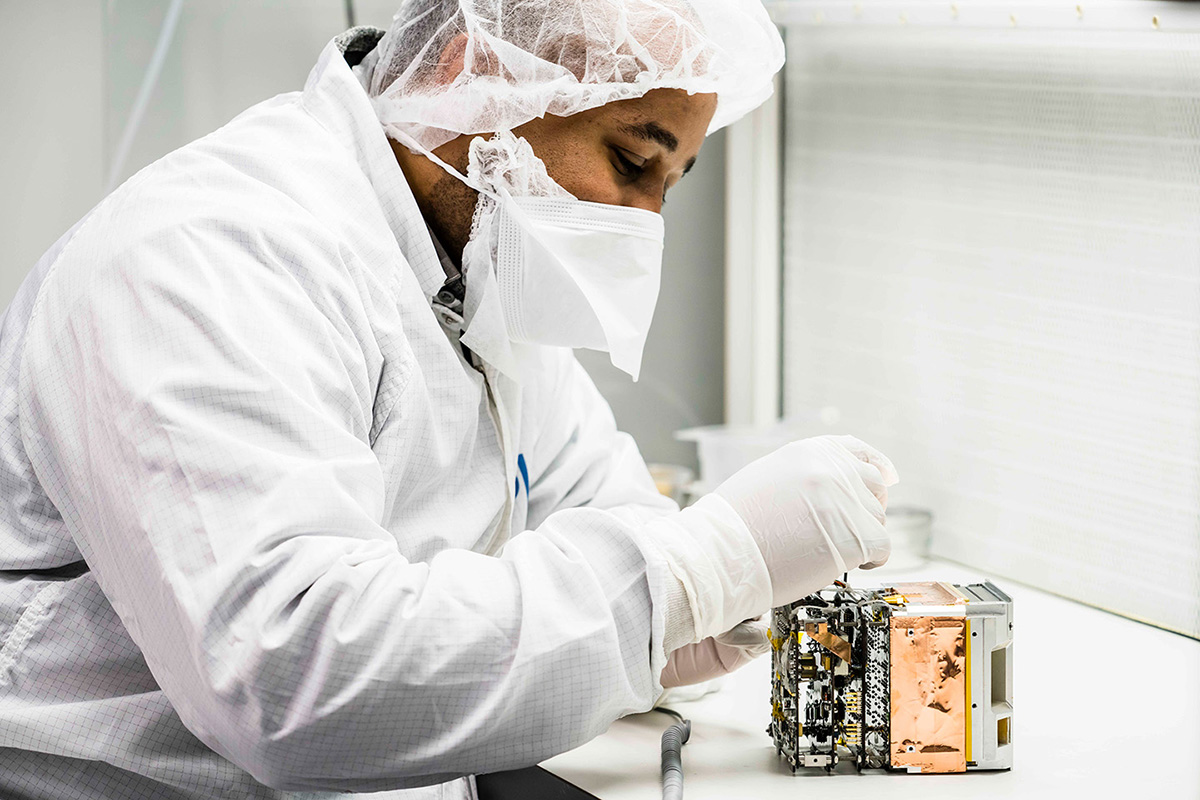
REAL Earth
Science Snapshots and Data Tools
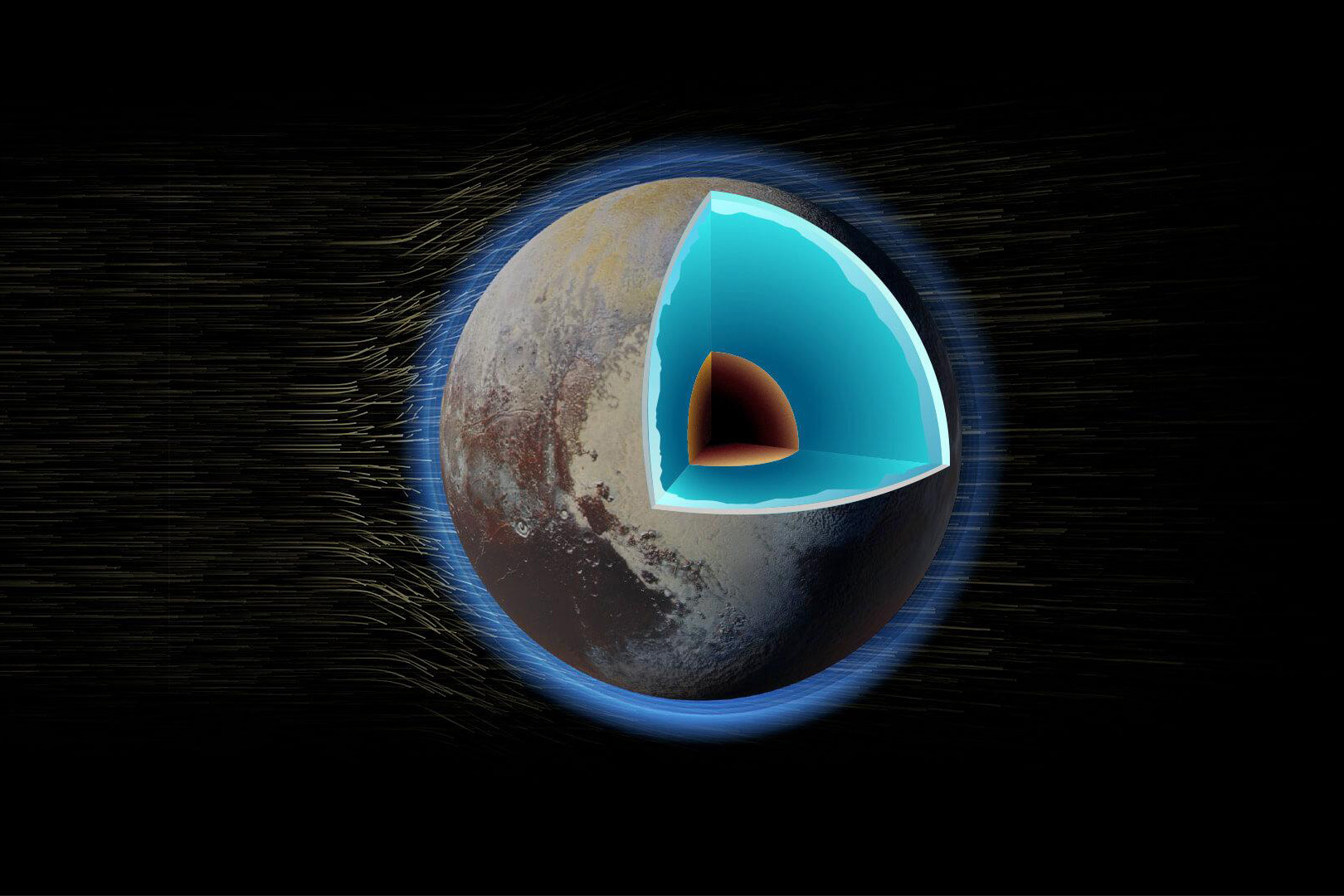
Science Snapshots
At APL, our space scientists and engineers strive every day to break new ground. Check out these snapshots of their innovative work, which are helping to inform policymakers, cut the costs of exploration, and push the boundaries of space and planetary science.
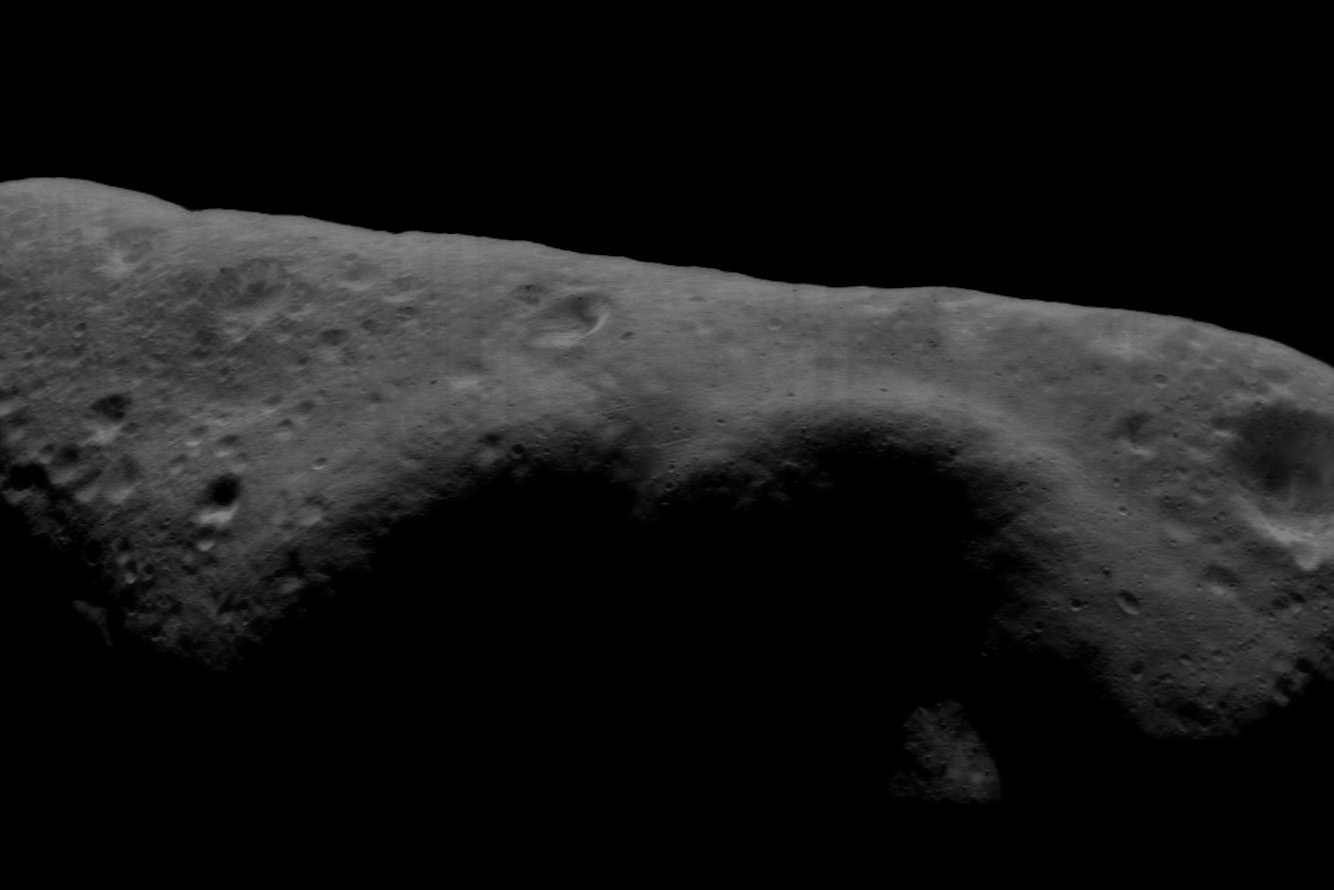
Data Tools
Understanding the universe requires assembling raw data into meaningful charts, maps, and more. To help our scientists — and other scientists and everyday people from all over the world — interpret the data returned by instruments both close to and far from Earth, APL develops tools capable of representing data in innovative ways.
Related News

NASA Launches IMAP Mission to Study the Heliosphere and Better Understand Space Weather Sep 24, 2025

NASA’s IMAP Mission Passes Major Prelaunch Milestone Sep 19, 2025
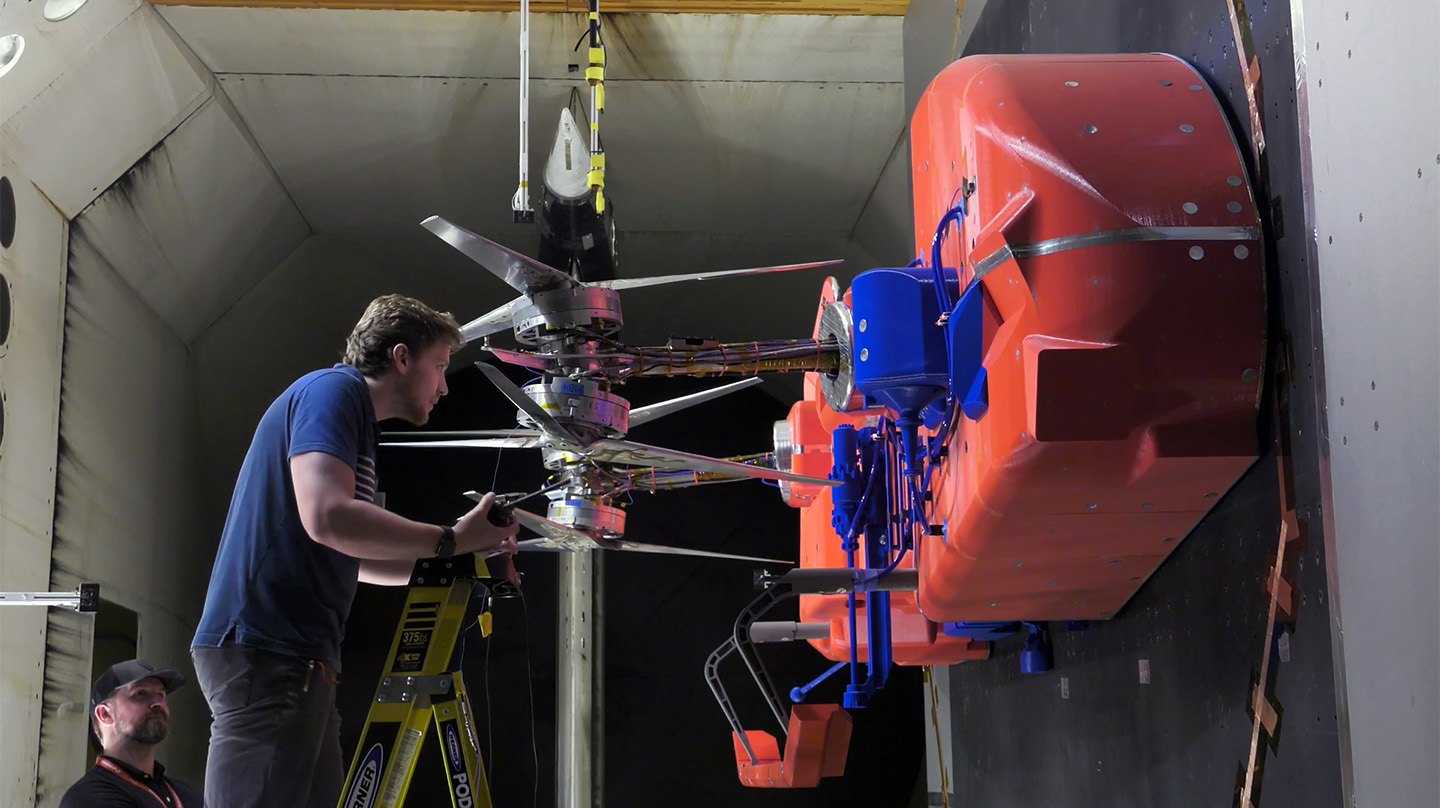
NASA’s Dragonfly Soaring Through Key Development, Test Activities Sep 8, 2025
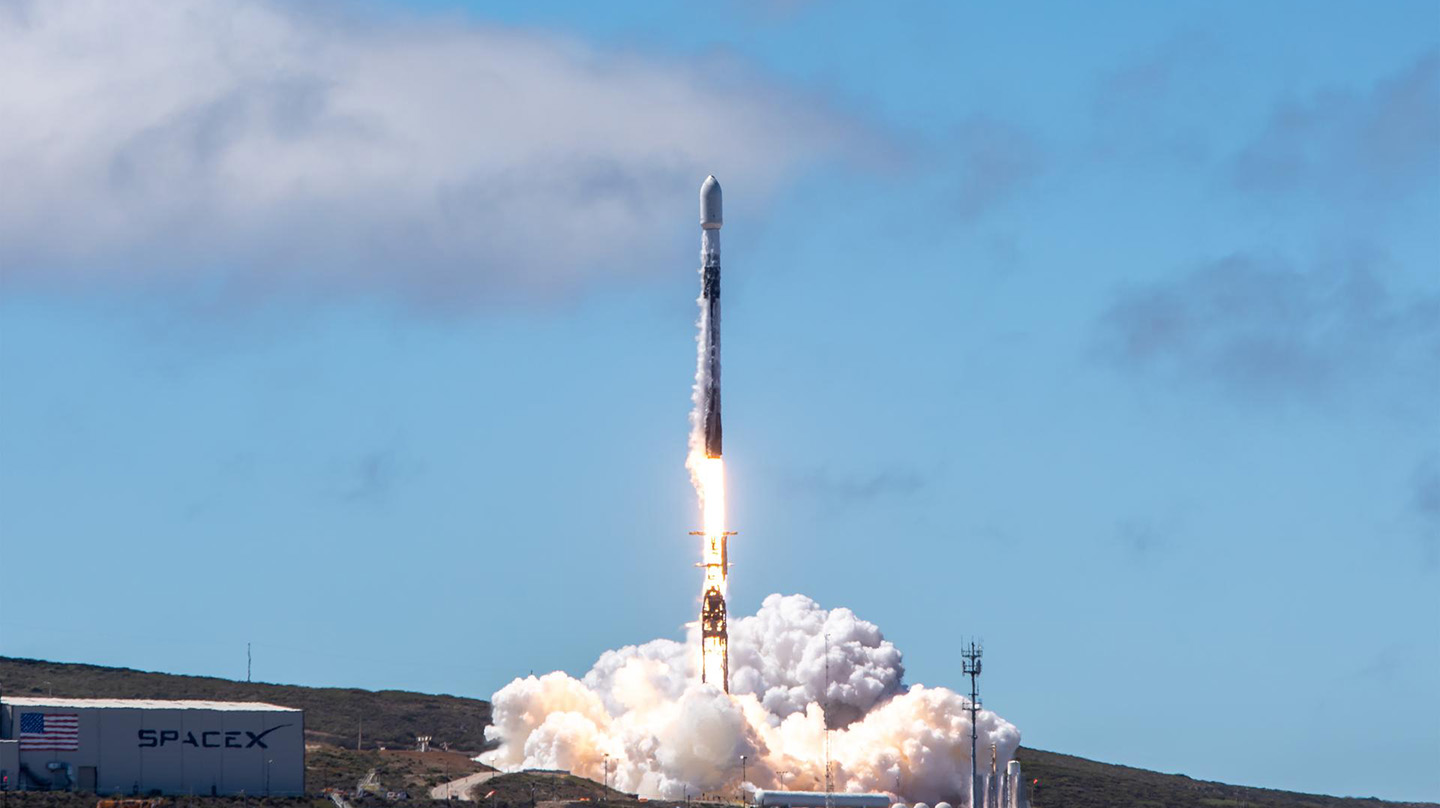
Science in REAL Time: CubeSat Set to Explore Earth’s Radiation Belts Jul 24, 2025
